According to new atlas report, arkenlight and axorus have jointly launched the first artificial neuron prototype driven by diamond beta volt battery made of nuclear waste Their goal is to develop medical grade implants that can last decades without recharging.
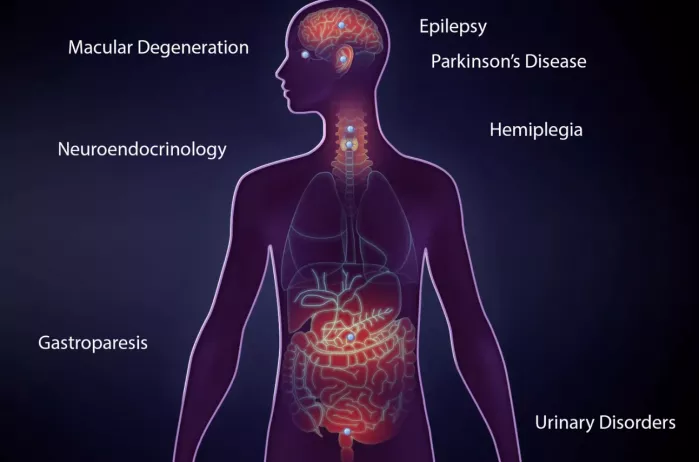
New atlas has previously introduced in detail arkenlight's diamond based betavoltaic battery technology. In short, the company was founded by researchers from the University of Bristol, who developed a method to extract radioactive waste from nuclear power plants - specifically, carbon-14 and tritium from reactor components exposed to fuel rod radiation - and convert it into diamond, which can collect the high-energy electrons emitted, or β Particles and convert them into usable electricity.
these β- Solar cells will generate electricity over a very long period of time - some can be designed to last for decades, others for thousands of years, depending on the half-life of the specific isotopes they use. Although they are made of radioactive nuclear waste, arkenlight says they are very safe to use near and even inside the human body because β X-rays do not penetrate into the structure, and the extreme hardness of the diamond structure makes it almost impossible to be broken.
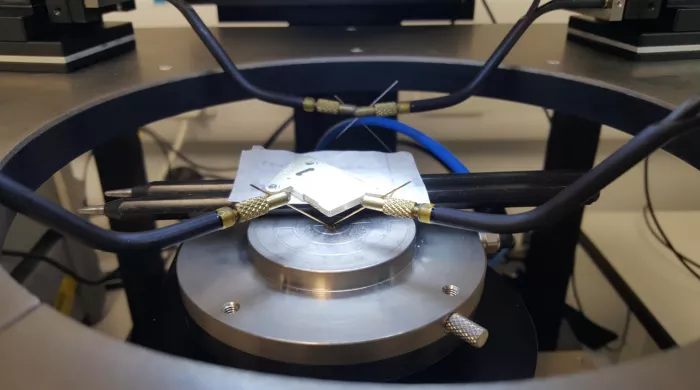
However, it is important to note that what we are talking about here is small power. Other companies that promise to use nuclear waste diamond batteries to power consumer equipment and electric vehicles have not yet proved how they can avoid using batteries larger and heavier than the equipment itself.
Recently, arkenlight has been cooperating with the French company axorus to explore the possibility of using the beta volt micro battery to power the artificial neurons being developed by axorus.
These artificial neurons are designed to be inserted into the patient's nervous system and perform various functions. Around their ability to communicate with biological neurons, "listen" to the signals sent by other neurons and other systems, and send their own signals when necessary. "This is a CMOS circuit," the company wrote on its website. "It is 1000 times more energy efficient than biological neurons and only 1/10 of its volume. Its very high sensitivity makes it an ideal choice for medical implants."
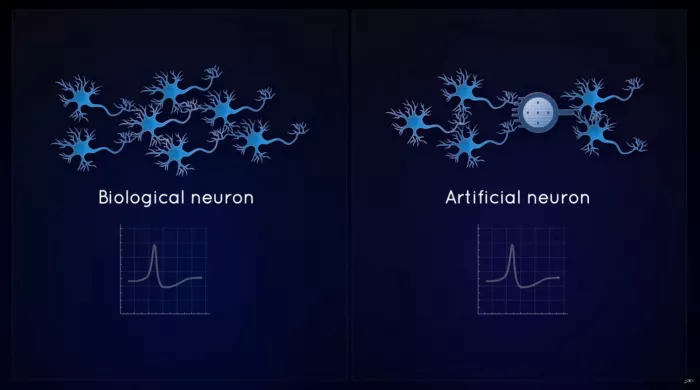
Axorus wants to use these devices in a variety of ways. The company is currently developing an artificial retina, which pairs some artificial neurons with photodiodes to form a "pixel" matrix, which can read the incoming light and send electrical signals to the brain through the optic nerve. It is designed for patients with age-related macular degeneration to regain the central part of vision, although initially it was only black and white.
These artificial retinas will be powered by the ambient light itself, but axorus is looking for solutions to power them at night. The company also envisages a series of other applications for the application of its artificial neurons in the brain, endocrine system, intestinal tract and urinary system. They have the potential to treat various diseases - but no light to power them.
A tiny and safe beta volt battery that can last for decades may be the perfect choice for these devices. Therefore, axorus and arkenlight have cooperated to establish a proof of concept: the first artificial neuron driven by a tritium radiation photovoltaic micro power generation device.
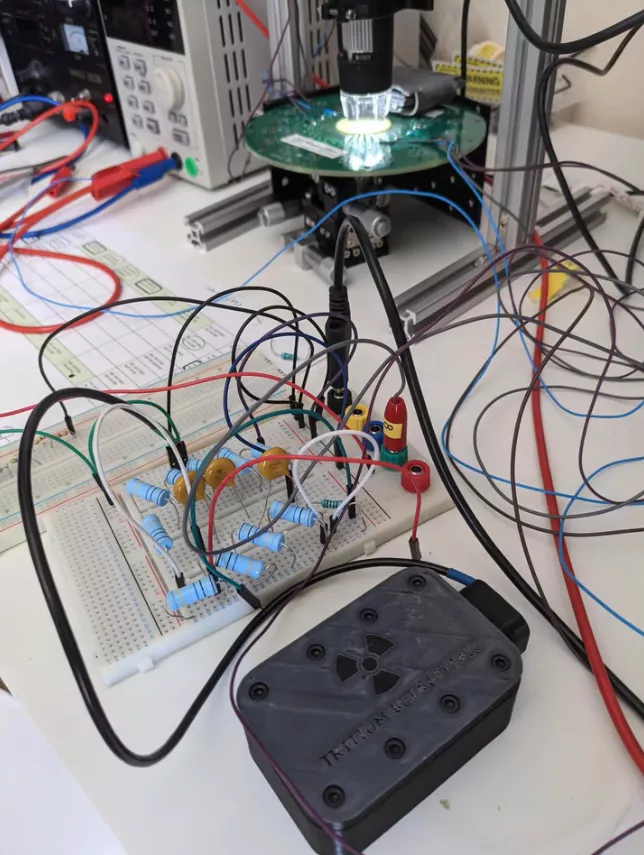
The bright spot above is the neuron itself, while in the black box at the bottom is β Battery. At present, this seems a little big, but arkenlight's target size for this tritium battery is 4x4mm and the thickness is less than 50 microns. Although the final output and life expectancy have yet to be determined, the company says it hopes these things will generate micro watts of energy within a few decades.
"Even though we are now producing diamonds," said Morgan Boardman, chief executive officer of arkenlight, "The path to the smallest viable product requires many iterations to improve the formulation and process to ensure the highest possible power density. Along this path, we need to carry out a lot of tests to determine and ensure stable production and safety standards. These are not trivial tasks and require a lot of time and effort. Although we are working with early customers (such as axorus) Cooperation to make our efforts consistent with their needs, but we are still a few years away from commercializing products. These types of early research collaborations are typical and highly supportive because they facilitate product development and usually end in a commercial relationship. "
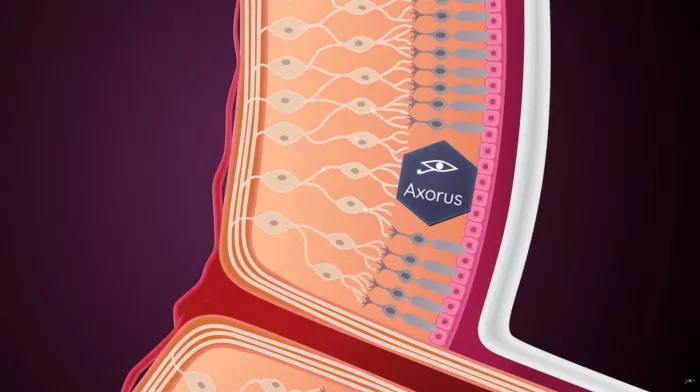
Nevertheless, the company still hopes to commercialize it before 2024. If it can prove that these batteries are safe and reliable in the human body and provide useful power in a tiny package, they may find a series of other medical applications. See the following video about the axorus artificial retina and neuron technology.